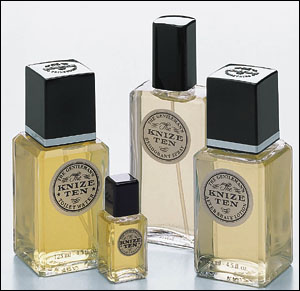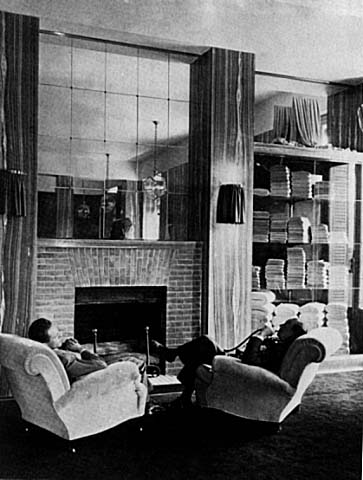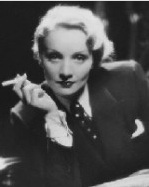The Knize Ten or 10 by Knize (1924) {Perfume Review & Musings Part I} {Men's Cologne} {Fragrances of Paris}

Knize Ten by Knize (pronounced "Kniesche") comes preceded by an aura of legend within certain circles as being one of the best leather colognes in the world, whose reputation has endured to this day and very rightly so. In some ways, it is the leather equivalent of Borsari Violetta Di Parma where violet perfumes are concerned both being confidentially, yet deeply appreciated by connoisseurs. Even more so than that, it is judged by some as simply one of the very best men's perfumes; it was in fact voted best masculine fragrance by The Best of The Best in 1989 and in 1999 it was listed (somewhere) amongst the 100 best fragrances to date. Knize Ten has enough character, complexity, yet also relaxed and comforting feel about it to become a signature perfume. That one fragrance that could not but be Knize Ten if you had to choose just one "eau de toilette" to bring with you to a desert island as writer Hans Habe once wrote, because then what would have mattered would not have been to love a beautiful woman but to strengthen one's spirit.......

To us it is both a beautiful fragrance and somewhat also of a museum piece as it reveals through genealogical association a historic quality that makes it all the more precious in our eyes. We will say why exactly later, which will tie in with our point that it is undeniably a great perfume for women to wear as well and that it is in fact very much of a Parisian perfume.
This floral leather perfume has consistently been associated with numerous famous political and artistic personalities in the course of its career, more recently with none other than Manolo Blahnik who wears it faithfully just like his father and before him, his grandfather did. Talk about a devoted following.
Knize Ten was named after the Viennese gentlemen's tailor Knize established in the Graben since 1858. It was their first eponymous scent, launched in 1924 in the midst of the Roaring Twenties or rather Années Folles as it first saw the light of day in Paris, in the Parisian annex of the brand. Knize then and today clothed the international establishment, including Marlene Dietrich who would order her perfectly tailored suits from them.

The perfume was created by perfumer Vincent Roubert who is also the creator of Coty L'Or, Coty L'Aimant, in collaboration with François Coty, and Jacques Fath Green Water, amongst others. The flacon was designed by Viennese architect Adolf Loos who also designed the Knize boutique in part because he was personally interested in fashion and clothing. The number "Ten" is a reference to the game of polo, then regarded as the very symbol of elegance, that of the English aristocracy in particular with all the associated connotations of ideal modern masculine elegance in the tradition inaugurated by Beau Brummel.
The birth of Knize Ten in the 1920s is not fortuitous. As perfumer Jean-Claude Ellena explains, the Art Deco period is one that could be termed the golden age of leather accords in fragrances, a taste he sees as having been distinctively elitist. There were in that period such classics as Caron Tabac Blond (1919), Chanel Cuir de Russie (1924), Lanvin Scandal (1933), Lancôme Révolte (later Cuir) (1936), and Creed Cuir de Russie (1938). Cuir-de-Russie fragrances had been generally in vogue since the 19th century. In the 1960s when perfumery started becoming more democratic, leather perfumes were neglected by the majority of the public who did not appreciate their assertive character and started looking for more facile fragrances.
(Image sources from Manufactum, Archimagazine, Sleevehead)









